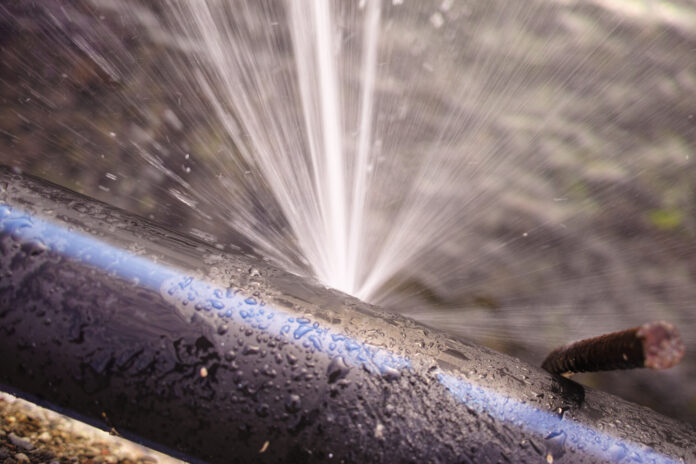Cured-In-Place Pipe (CIPP) is a pipe-repairing technique that requires no digging. It’s said to be an innovation that’s gained popularity in the recent past. Like any other innovation, the public wants to know the longevity of the solution. The goal is value for money.
The main determinant of CIPP’s longevity is its lining. It’s the part inserted into the damaged pipe and bonds with it. Like any other solution, you can extend the life of your CIPP lining. Here’s how to do exactly it:
Source From A Quality Brand
As CIPP gained popularity, many manufacturers joined the industry. Many manufacturers in a given industry increase the possibility of substandard products in supply. Therefore, you must be wary of the manufacturer from whom you buy your lining.
It’s best to buy from a brand that uses quality raw materials. Should they need to source some materials, they’ll work with suppliers who have factored in quality production. Quality brand manufacturers will further test their liners before supplying them. These tests surround the thickness and density of the CIPP liner, which contribute to its performance characteristics.
With such production techniques, there’s a high chance of your CIPP lining having a long lifespan. It’d help to buy from a reputable CIPP lining manufacturing brand. Also, ensure they have certifications from the relevant bodies.

Work With A Professional Contractor
The installation process of the CIPP lining determines its longevity. Since contractors are responsible for the installation, it’s important to work with a professional contractor.
The professional CIPP contractor will follow the right installation procedure and ensure enough curing time for proper bonding between the damaged pipe and the lining. These two aspects will ensure the lining does its job as it should.
You can find a professional CIPP contractor by seeking referrals from their previous clients or searching online. It’ll be an added advantage if they’re certified and experienced for the job.
Use The Right Lining
There are many available CIPP liners whose main differentiator is the material. These materials range from polyester to vinyl and epoxy. Each of these materials works best in given situations hence the need to choose the right one for the situation.
For example, suppose your pipe transports water filled with chemicals. Corrosion is likely to be an issue. In this case, vinyl CIPP lining is the best solution. It’s highly resistant to corrosion, extending the life of your lining.
On the other hand, polyester lining is ideal for sewer systems and storm drains. It’s also ideal for pipes with many bends, thanks to its flexibility.
Choosing the right lining revolves around using the right tool for the job. It’s the only way to get maximum benefits from it. Using the wrong CIPP lining solution increases the possibility of wear and tear, reducing its lifespan.
Maintain Water Pressure
Pipes have different diameters, which more or less depict the water pressure they can handle. Based on this, you should ensure the right water pressure for your pipe diameter.
Suppose your newly-repaired pipe with CIPP lining has a small diameter and handles medium to low water pressure. Yet with these changes, and the water pressure becomes extremely high in relation to the pipe’s diameter. There’s a high likelihood of the pipe bursting, defeating your purpose of longevity.
Therefore, maintain the pressure of the water entering your CIPP-lined pipe to extend your lining’s life. You can do this by ensuring the feeder pipe to this pipe is of a similar diameter or slightly bigger. If it’s smaller, it’ll relay water at a high pressure, which you want to avoid.
Practice Regular Maintenance
By definition, maintenance is preventive and corrective action you take to ensure your equipment is running as it should. It’s something you should adopt to extend the life of your CIPP lining.
You only need to inspect the system monthly or so; a video inspection camera will help you do the inspection. Regularly inspecting your lining will help you identify issues with the lining. It allows you to address the issues in their early stages before they advance and necessitate CIPP lining replacement.
Maintenance also includes regular cleaning of your piping systems, preferably every six months. Cleaning will flush out any debris and other materials that can damage your lining, adding to its longevity.
Conclusion
It’s said that the CIPP repair technique has given long-lasting solutions to those who’ve adopted it. Yes, it’ll also serve you for a long time as long as you adopt the right practices. The discussion above has highlighted these practices. Highly consider adopting them to extend the life of your CIPP lining and get value for your money.



